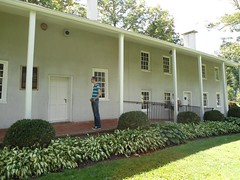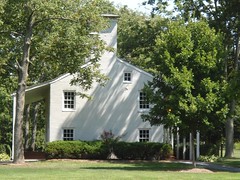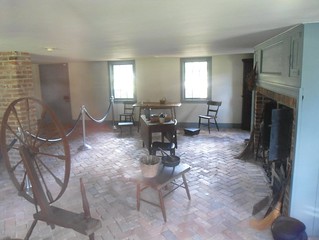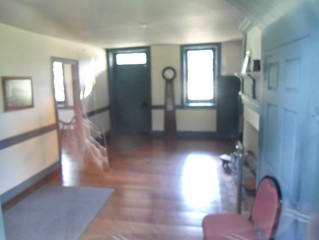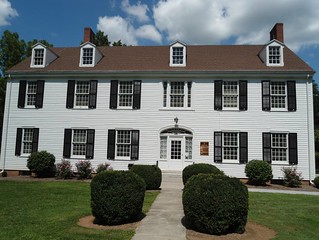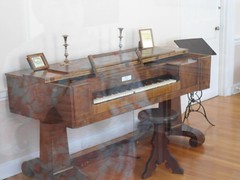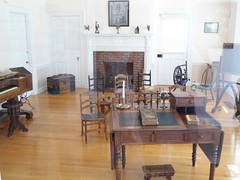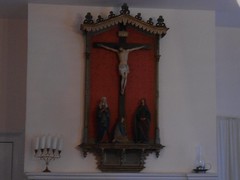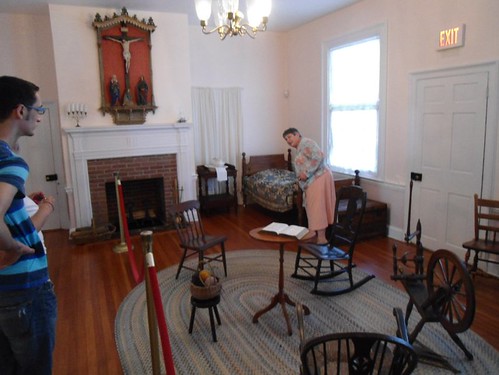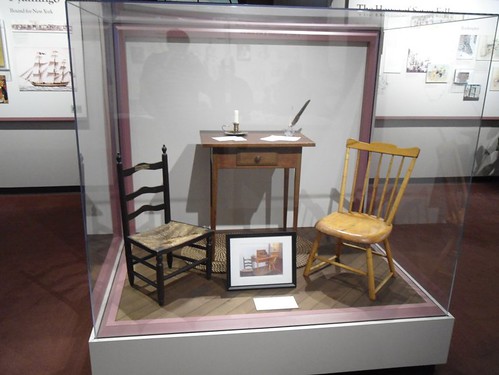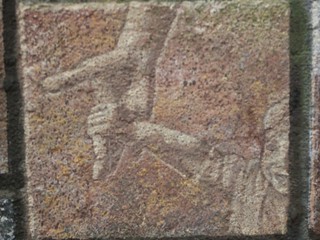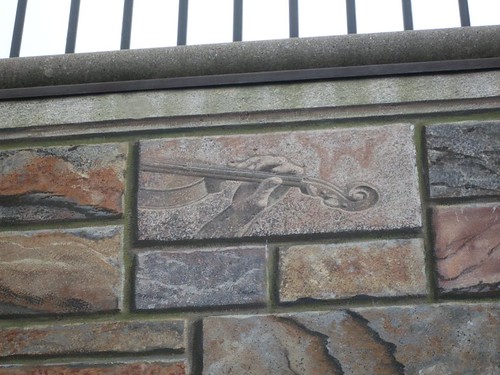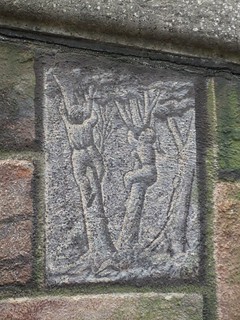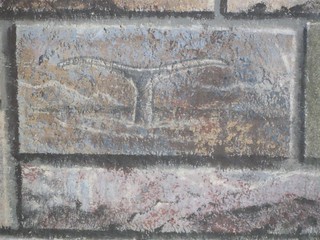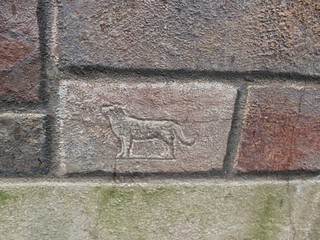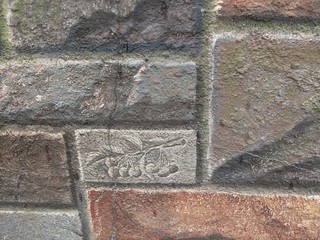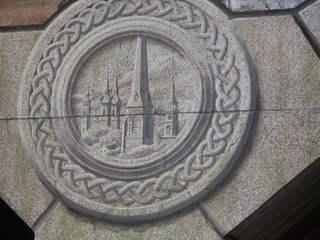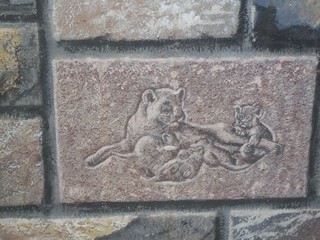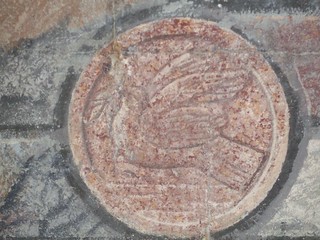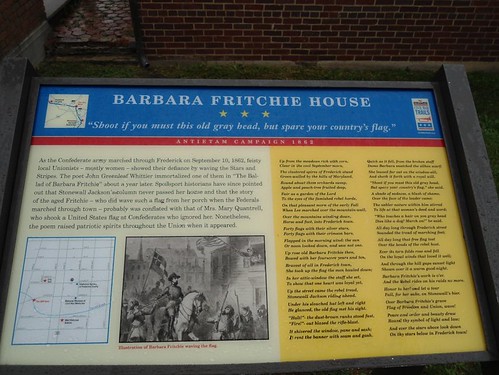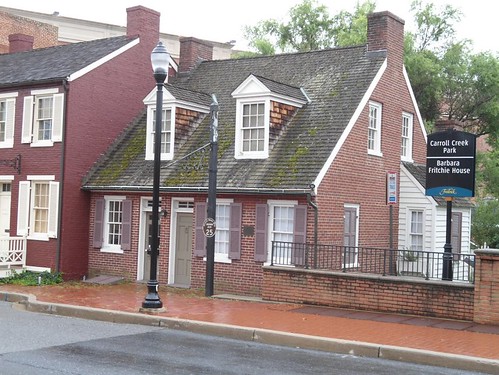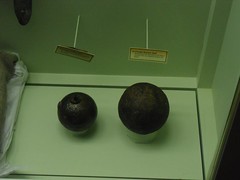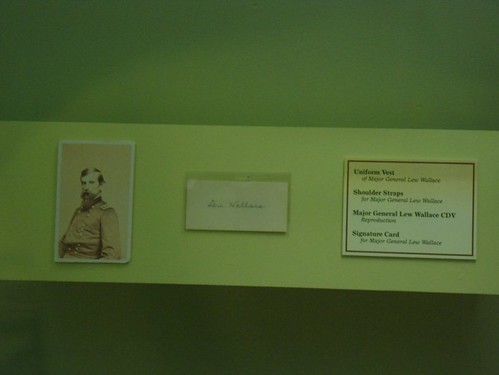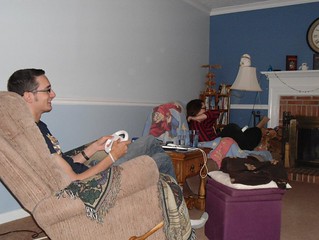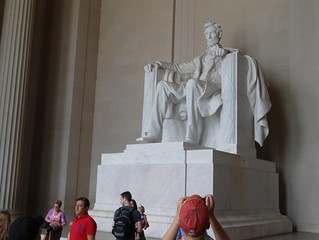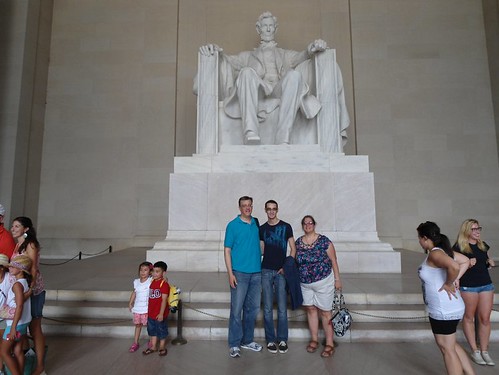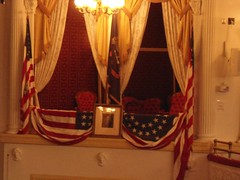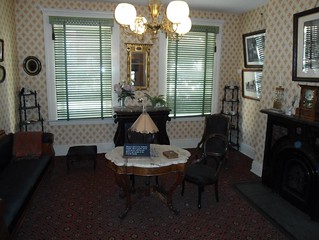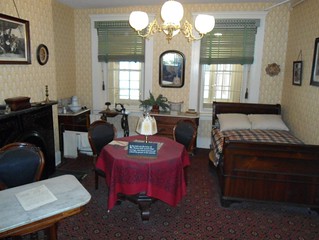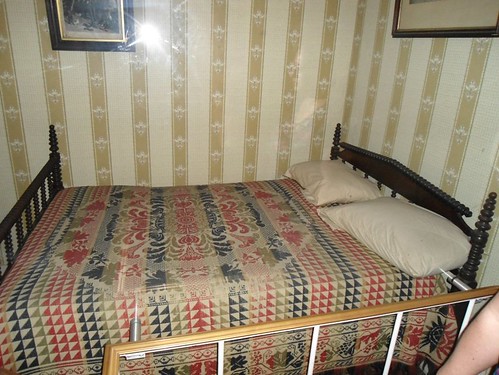Falsettos at Villagers Theatre, NJ – May 2014
The show is closed. It was a wonderful (albeit altogether too short) run. And it is still lingering with me, not just because of the music (brilliant in my opinion) and not just because of the cast that worked on this production (even more brilliant!). It is a story that needs to be told over again – not just as some historical piece (the time portrayed in the show is 1979-1981) nor as some oddity written by the same guy who wrote Spelling Bee. Rather, it must be told again and again because we’ve not gotten it yet.
A recent history too soon forgotten
The time is at the very beginning of the AIDS Crisis … 1981 being the first year the Center’s for Disease Control published reports of men dying. Those of us around during that time remember those days very well – a time that was frightening, unsure, and frustrating. I firmly believe that it was a dark time in our nation’s history; and we still have yet to truly acknowledge the appalling response (or lack of it!) during that time … from the top all the way down. Our political leaders were silent and willfully ignorant; our institutions didn’t have any sense of urgency in finding out what the hell was happening; and even our esteemed scientists seemed to be more in it as a way to gain notoriety than to pursue discovery of its cause and ultimate treatment. Sure, there were charitable organizations and individuals who were generous, kind, diligent, and caring. But our society looked the other way. And we still have yet to come to grips with that recent history.
It’s something that has been relegated to “old history” … a time that we’d rather not own up to. But it was only 33 years ago. That’s not so ancient; that’s not so long ago!
We don’t engage in conversations about that time; and we certainly don’t include any of this in our history books. We are still turning away from this.
Individuals struggling, reconciling, coping, and questioning
What makes Falsettos such a moving show is that it is about individuals during this time. These are characters who struggle with questions of family, friendship, love, life, and death. They are fully realized individuals. We discover who they are and what their hopes and dreams and frustrations are entirely through song, since the show is completely through-sung. The characters are not iconic figures – they don’t represent entire groups or communities – like in other pieces of theater. They are not politically charged. Their motivations and struggles are entirely individual. And that makes them immediately relatable to an audience.
Their struggles and questions become our struggles and questions. We have had broken relationships. We ask ourselves the questions about what it takes for us to truly love someone. Well … those questions are all asked in Falsettos. They are difficult questions – ones that we deal with for a lifetime!
And since the characters themselves are individuals muddling through all of this, it poses these questions to us as individuals. We relate to Marvin as he asks, “What would I do?” … As he reflects on the circumstances that led him to this point, we’re being asked to reflect on our own responses to events. What, indeed, would I do? What should I have done? Perhaps that’s why it’s such a challenging show.
It’s about family, friendship, and love
When I was asked, “What is Falsettos about?” my reply has been … It’s about a group – a community – of people who tackle the big questions of family, friendship, life, death, and love. Whether they are gay or straight is not so much the issue – all of the characters are exploring what it means to love someone and to be a family. That Marvin divorces his wife in order to live with his boyfriend is just the catalyst that gets the story going.
And Falsettos doesn’t varnish over any of the characters’ flaws. Each of them are selfish, unforgiving, and petty. Each of them do not realize how poorly they’ve treated others. And yet each character realizes the need to grow in generosity, self-giving, and forgiveness. They realize that who they are is more a matter of their relationships with each other more than what they do. Their success is measured by who they love and care for rather than what they accumulate.
And we still don’t get it
Falsettos is some 22-years ago. And we’ve still not yet grasped it. We are embroiled in arguments over what constitutes a family. We still willingly and willfully place people in the margins of society. We turn away.
A former artistic director of a company for whom I worked once told me, “Theater is not just important. It’s essential because it has the ability like nothing else to wake us up.”
What is it going to take to get us out of the complacent dream that we happily and unthinkingly live in? After all, as one of the characters in Falsettos says: “We’re a teeny-tiny band.” And we, like them, are part of a community, a family. And Marvin asks, “It’s about time, don’t you think?”
I am so grateful to have been a part of this production; and am even more grateful to have worked on such a powerful, witty, meaningful, and important show.






 get this
get this
